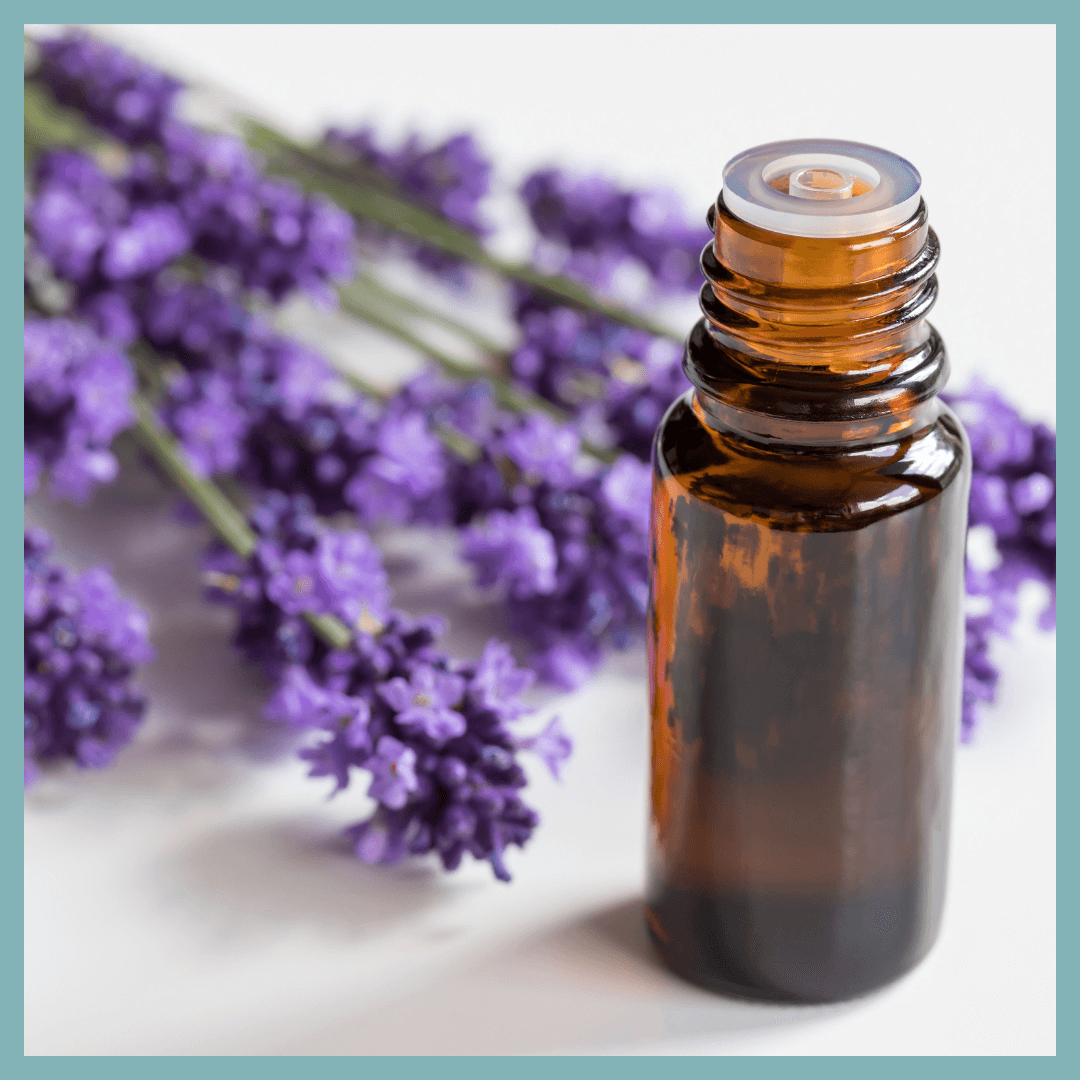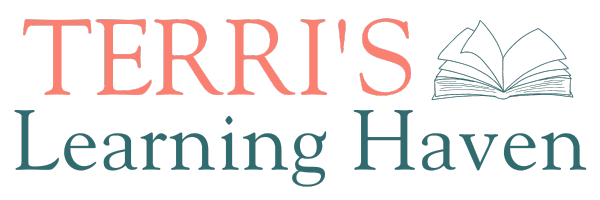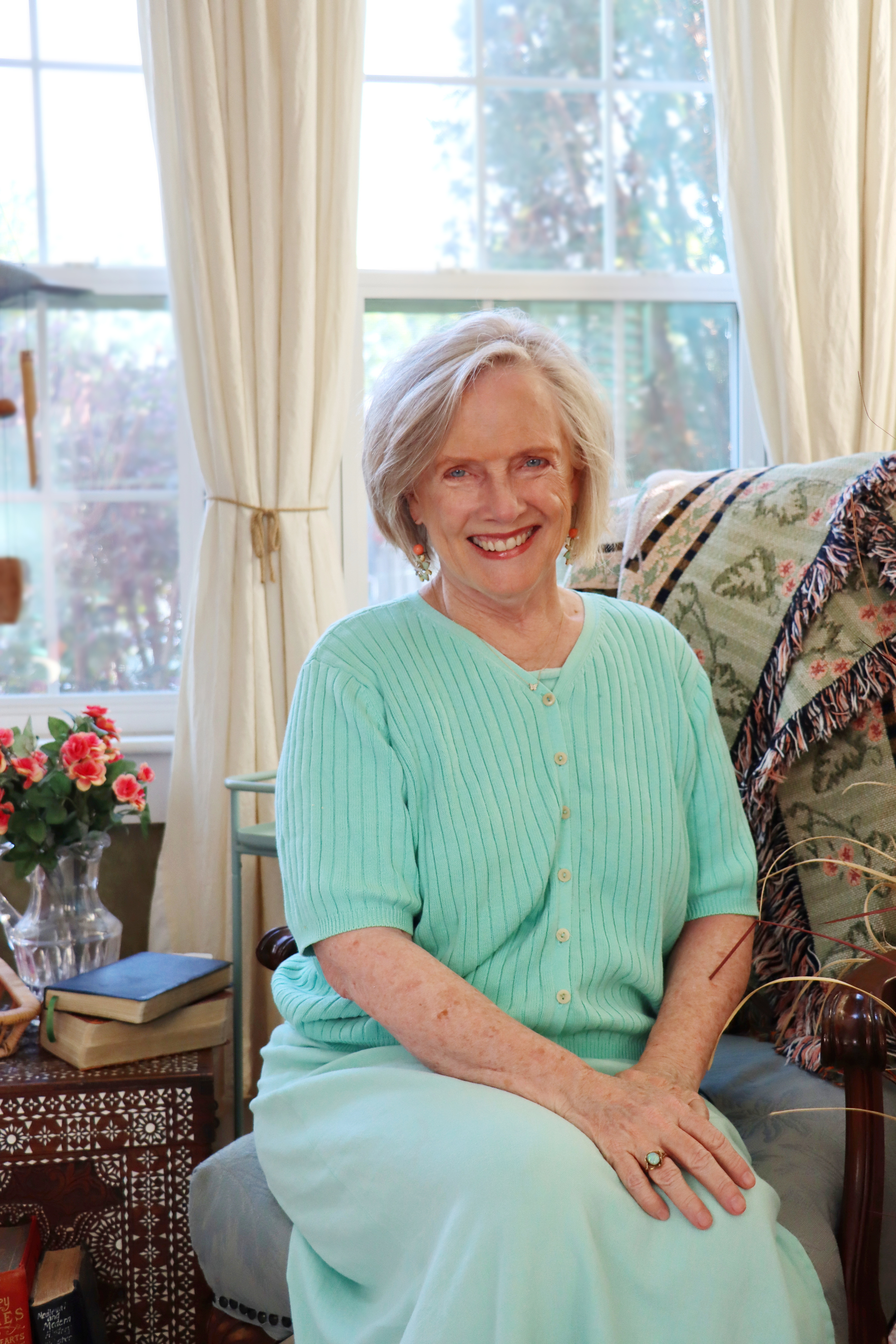WHAT ARE ESSENTIAL OILS?
It's amazing how little is known today about the incredible history and healing powers of essential oils. Throughout ancient civilizations like Egypt, Greece, Hebrew, China, and Ayurvedic traditions, there are countless records showing they used essential oils for their therapeutic benefits. These records show that essential oils were trusted remedies for a wide array of health issues, proving just how effective they can be for healing. And then the world went silent about them.
Only about 50 years ago, Europe brought them back to the dawn of light. And now, you have a friend or neighbor talking about essential oils, you read in magazines about them. Ads or posts have probably been popping up on your Instagram. You may even see them at your gas stations! They’re kind of everywhere. So, what exactly ARE they?

Essential oils come from many parts of plants—shrubs, flowers, trees, roots, bushes, and seeds. Each oil contains 200–500 natural compounds that give it powerful, God-given healing properties. Because they’re highly concentrated, essential oils are far more potent than dried or fresh herbs.
What makes essential oils so remarkable is their ability to enter cells and move throughout the body with ease. Researchers and holistic health practitioners alike are amazed by the broad range of benefits these oils offer. When used in their purest form, essential oils can have immediate, noticeable effects—supporting the body with antibacterial, antiviral, and anti-inflammatory properties, while also lifting mood, balancing hormones, and promoting calm.
But not all essential oils are created equal!
There are two big reasons we may end up with oils that aren’t truly pure.
- Modern labs can now make synthetic “essential oils” that smell similar but lack the complexity and life-giving properties of the real thing. These synthetics can actually disrupt hormones, trigger allergic reactions, and irritate the skin.
- Even so-called “natural” oils are often diluted, adulterated, or poorly distilled—making them far less effective or even harmful.
Your body is designed to work with pure plant medicine—not chemical imitations. That’s why choosing truly pure essential oils matters.
In addition, poor farming, distilling, and bottling practices can make essential oils certainly less effective, and sometimes even unsafe. Some companies mix essential oils with cheap or fake oils or add chemicals to make them seem pure. This lowers the quality and healing power of the oils and can cause allergic reactions or other bad effects when used. Bad farming practices can also lead to harmful substances like pesticides or metals being in the oils.
Know your soil to know your oil.
“If there is something that has worked for 5000 years, maybe we ought to look at it in modern medicine. Using essential oils is biohacking at its best.”
Olivier Wenker, MD, oncology, integrative medicine, anti-aging medicine
In 2012, a close friend invited me to attend a class on natural wellness and essential oils. As an RN, I was growing concerned about relying on medications as I saw my older patients doing. I longed for a healthier, long-term solution, and I began actively searching for a natural product that would help me stay healthy without relying on pharmaceuticals. At the class, the instructor shared her incredible journey from sickness to wellness, all without pharmaceuticals. I was immediately captivated.
One product stood out to me, a unique juice, and after using it for a few days, I noticed a significant improvement in my energy levels and appearance. I was amazed by the natural energy boost without any artificial substances or caffeine. Intrigued, I delved deeper into this company and its products.
To my surprise, as I incorporated more changes into my life, I found relief from ailments I had accepted as normal. I had suffered from bronchitis, asthma, and severe seasonal allergies since childhood. Motion sickness and painful knee issues plagued me too, but I hadn't given them much thought.
As I continued to make healthier choices, my allergies disappeared, my knees stopped freezing up at night, and even motion sickness became a thing of the past. My children were amazed by the change and couldn't believe I no longer got sick while reading in the car.
Now, as I approach 70, I am free from aches, pains, and medications. I feel happy, excited, and much younger than my age.

FREQUENTLY ASKED QUESTIONS
WHICH ESSENTIAL OILS COMPANY DO YOU RECOMMEND?
The product that I mentioned above, called NingXia Red, came from Young Living.
Because purity was so important to me—and I understood how critical farming practices are in preventing adulteration—I took time to carefully evaluate the company. I was deeply impressed that Young Living owns farms around the world (and encourages visitors) and protects every step of the Seed to Seal® process to ensure the highest therapeutic potential. Most of all, I appreciated their unwavering commitment to never use synthetic ingredients.
The vast majority of both natural and synthetic essential oils on the market today are only used for cosmetics, perfumes, personal care products, and household products. I steer clear of all of those - no synthetics for me.
THE BEST WAY TO GET STARTED
Whether you’re ready to dive in with a starter bundle (the best value per item!) or just want to try one or two oils first, there’s a simple way to begin.
You can choose exactly what works for you—no pressure, just possibilities.
And when you use my referral link, you’ll not only get access to these wonderful oils, but you’ll also be personally welcomed into my community where we share tips, encouragement, and inspiration for natural living.
And when you use my referral link, you’ll not only get access to these wonderful oils, but you’ll also be personally welcomed into my community where we share tips, encouragement, and inspiration for natural living.
🌿 Want to dive in with the best value?
Starter bundles are the perfect way to begin!
They offer a variety of popular oils and tools at the best price per item.
They offer a variety of popular oils and tools at the best price per item.
✨ Prefer to take a peek around first?
That’s great too! You can start with just one oil or browse until something feels right.
👉 Click here to explore the site with my referral link
👉 Click here to explore the site with my referral link
💌 When you place your first order:
I’ll personally welcome you with a helpful email series to guide you step by step, and I’ll invite you to my private Facebook group where you can learn, ask questions, and feel supported every day.
I’ll personally welcome you with a helpful email series to guide you step by step, and I’ll invite you to my private Facebook group where you can learn, ask questions, and feel supported every day.
You don’t have to figure this out alone—I’m here to help you feel confident, empowered, and excited about using your oils!
ARE THE OILS YOU RECOMMEND EXPENSIVE?
But aren’t Young Living essential oils more expensive?
Sometimes, yes—and for good reason. Their Seed to Seal® promise sets them apart.
The truth is, the essential oil market has exploded. Many companies have jumped on the bandwagon to make a quick profit. They buy oils in bulk, dilute them with synthetic additives, slap on a pretty label, and sell them to you at a discount.
That’s not okay.
You and I want the best for our families. Saving a few dollars isn’t worth it if the product doesn’t work—or worse, does harm. If we’re working to remove chemicals and toxins from our homes, it makes no sense to turn around and use oils that could be full of hidden synthetics, especially around our children.
Some brands claim to be “organic,” but did you know that the FDA doesn’t regulate or certify essential oils? That term means nothing unless it’s backed by transparency and trust.
Here’s my rule of thumb:
If you can’t walk the company’s farms, watch their harvest, and see their distillation process with your own eyes—don’t use it.
If you can’t walk the company’s farms, watch their harvest, and see their distillation process with your own eyes—don’t use it.
Young Living has done all of that, and more, for over 30 years. Their standards are better than organic. That’s why I trust them—and that’s why I use them.
WHAT IS SEED TO SEAL?
Seed to Seal is Young Living’s promise of purity and quality. It covers every step—from planting the first seed to sealing the final product.
Young Living carefully selects the best plants, grown on their own farms and trusted partner farms around the world. They use sustainable, ethical methods to grow and harvest each crop with care.
The oils are then gently distilled to preserve their natural power and tested in top-notch labs to ensure they’re pure and effective—never diluted or contaminated.
Seed to Seal is why I trust Young Living. It’s their commitment to transparency, integrity, and giving you the very best nature has to offer.
WHAT MAKES YOUNG LIVING'S SOURCING SO SPECIAL?
To my knowledge, no other essential oil company owns or partners with farms on six continents or has over 30 years of farming and lab records to guide their practices.
That matters—because producing a truly therapeutic oil means knowing exactly when to harvest and how long to distill to get all the plant’s natural benefits.
Take Cypress essential oil, for example:
- It has 280 known chemical constituents.
- If distilled for 20 hours, you get only 20 properties.
- If distilled for 26 hours, you get none.
- Most companies distill it for just 3.5 hours.
- But to get the full benefit? It must be distilled for 24 hours.
Young Living knows this—and follows through. They've spent decades studying these plants, learning how to preserve their full potential. That’s why their oils work. They’ve done the science and honor the process.
If you want results, you need the real thing—and Young Living delivers.
Enjoy this short video where you can go behind the scenes and see the Seed to Seal process in action:
HOW DO YOU USE ESSENTIAL OILS?
I recommend three simple ways to use essential oils: topically, aromatically, and internally.
1. Topically
Apply oils to your skin—just check the label first! Some need to be diluted with a carrier oil like coconut, olive, or Young Living’s V-6. Others can be used “neat” (without dilution). A favorite spot? The bottoms of your feet! You can also wear oils as perfume to boost your mood.
Apply oils to your skin—just check the label first! Some need to be diluted with a carrier oil like coconut, olive, or Young Living’s V-6. Others can be used “neat” (without dilution). A favorite spot? The bottoms of your feet! You can also wear oils as perfume to boost your mood.
2. Aromatically
Inhale oils straight from the bottle or use a diffuser. It’s the fastest way for your body to absorb the oils—and your space will smell amazing too.
Inhale oils straight from the bottle or use a diffuser. It’s the fastest way for your body to absorb the oils—and your space will smell amazing too.
3. Internally
Thanks to Young Living’s Seed to Seal quality, many oils are safe to take internally. Look for the Vitality line, labeled for dietary use. Add a drop to water or a capsule.
Thanks to Young Living’s Seed to Seal quality, many oils are safe to take internally. Look for the Vitality line, labeled for dietary use. Add a drop to water or a capsule.
Important: I only recommend taking Young Living oils internally. Since other companies do not have the same Seed to Seal guarantee, they might not be pure and may contain harmful additives. I just don't know, and for me, it isn't worth using those other brands.
IS THERE A MONTHLY PROGRAM?
Yes, I'm so glad you asked!
Young Living offers a monthly perks program known as Loyalty Rewards which provides its members with an array of benefits and incentives for their continued use of the company's products.
Upon signing up, you immediately earn a 24 percent discount on all purchases, including one-time and loyalty orders. Plus, after you place just two consecutive loyalty orders, you’ll earn your first free gift, a Desert Mist™ Diffuser.
Through this program, customers earn loyalty points every month when they place a loyalty order of 50+ PV. Points can later be redeemed for free product purchases. The longer you are on the program, the more points you earn (10-25% back).
I receive 25% in points every month, and believe me - I love redeeming those for free products that I probably wouldn't purchase even at the wholesale amount - think Rose essential oil. I also use the points for gifts!
For further details, how to sign up, and a comprehensive overview of the program, visit Young Living's official website.
CAN I GET FREE GIFTS WITH MY PURCHASES?
Yes!
Young Living offers exciting promotions each month exclusively for their valued customers. These promotions vary monthly, ensuring you always have something new to look forward to.
By participating in the promotions, you can earn a range of fantastic freebies from essential oils to supplements to their beloved Thieves household cleaner, each tier offers unique rewards.
To learn more about the current promotions and how you can qualify for each tier, visit the Monthly Promotions page.
YL LAVENDER FARM BECOMES FIRST MONARCH FARM USA
The Young Living Lavender Farm and Distillery in Mona, Utah, has been recognized as the first Monarch Farm USA by Monarch City USA—a big win for butterfly conservation!
Since 2019, Young Living and its Foundation have been planting milkweed—vital for monarch butterflies—along their farm properties, which lie along the western monarch migration route. This long-term effort to support monarch populations and environmental health earned the farm national recognition.
“Our waystation program reflects Young Living’s mission to care for the earth and create lasting change,” said Research Scientist Emma Ziebarth.
Monarch City USA is a nonprofit that encourages planting native milkweed and nectar plants to help monarch butterflies recover from an 80% population decline over the last 20 years.
Young Living not only meets the conservation criteria—they go above and beyond. They offer milkweed seeds to visitors, provide family-friendly education kits, and invite families to visit the Mona farm to learn more.
Come see the butterflies and beauty in action—book a tour at the Young Living Lavender Farm and Distillery!
YL FARMS -- BEE-FRIENDLY SANCTUARIES
Young Living has partnered with Dr. Joseph Wilson—bee expert and author of The Bees in Your Backyard—and Lindsey Wilson of the Native Pollinator Project to launch a one-of-a-kind research project to help save native bee species.
The study begins at Young Living’s Lavender Farms in Mona, Utah, and Simiane-la-Rotonde, France. It will explore what types of native bees live on the farms, which flowers they visit, and how to better support their survival.
“Native bees are vital because they pollinate plants that honey bees can't,” says Deven Patten, Young Living’s director of sustainability. “We’re excited to turn our farms into bee-friendly sanctuaries.”
The research will:
- Identify which native bees are present
- Discover what plants they prefer
- Learn what kind of nesting habitats they need
Since many native bees are “picky eaters,” planting the right flowers matters! This research will help Young Living adapt their landscaping to support more bee diversity.
“There are over 1,000 native bee species, and most haven’t been studied,” says Dr. Wilson. “This project is a big step toward protecting them.”
The results will not only benefit Young Living’s farms but will contribute valuable knowledge to conservation efforts everywhere.
MEET THE YOUNG LIVING FOUNDATION
The D. Gary Young, Young Living Foundation is the heart of Young Living’s mission to uplift and empower. Focused on creating long-term, positive change, the Foundation supports underserved communities around the world—especially women and children—through education, health, and economic opportunity. Whether it’s building schools, fighting human trafficking, or supporting wellness projects, the Foundation is passionate about making a real difference, one life at a time.
Read more about it here.
Statements regarding Essential Oils have not been evaluated by the Food and Drug Administration. Products in this event are not intended to diagnose, treat, cure or prevent any disease. If you are pregnant, nursing, taking medication, or have a medical condition, consult your healthcare provider before using these products.

A BEGINNER'S GUIDE TO ESSENTIAL OILS
FREE DOWNLOAD: Unlock the secrets of the essential oils I recommend with this free resource. Whether you're diving into aromatherapy or seeking natural solutions for wellness, this guide will help you discover the basics, learn about popular oils, and explore practical tips for incorporating them into your daily routine. Download your free copy today and embark on a journey to holistic health!








